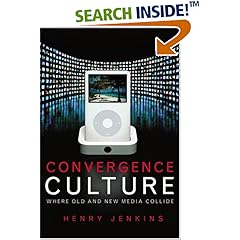 My favorite science fiction film is probably Blade Runner for a ton of reasons. I love the noir aspects, its basmy favorite Philip K. Dick work, Rachel Ross (Sean Young) is a hottie (I wish I could let my hair down and it suddenly be CRAZY CURLY), and the Egyptian themed office at the Tyrell Corporation and the 80's kitsch quality.
My favorite science fiction film is probably Blade Runner for a ton of reasons. I love the noir aspects, its basmy favorite Philip K. Dick work, Rachel Ross (Sean Young) is a hottie (I wish I could let my hair down and it suddenly be CRAZY CURLY), and the Egyptian themed office at the Tyrell Corporation and the 80's kitsch quality.If you've ever seen the feature film release you've probably gone insane from Harrison Ford poorly delivered and written voiceover. The most nauseating part for me is when Deckard and Rachel escape to the magical nature world at the end. Seriously, did anyone say anything about how nice it would be to settled down in the countryside at all in the entire movie? The Director's Cut was an absolute treat after experiencing the awfulness that was the studio approved version. I love the music in the unicorn dream sequence; its quite possibly one of the most perfect visual/audio pairings in a movie ever.
Wired's interview really gives an image of Ridley Scott as someone who refuses to give up on his complex ideas about how Dick's story should be told visually. This is most certainly going on my Christmas list.
Scott: I was touching on possibilities like replication. It's now quite commonplace, but 25 years ago they were barely discussing it in the corridors of power. Now, the film is not really about that at all, it's simply leveraging that possibility into one of those detective film-noir kinds of stories. People were familiar with that kind of character, but not with the world I was cooking up. I wanted to call it San Angeles, and somebody said, "I don't get it." I said, "You know, San Francisco and Los Angeles." It's bizarre: People only think about what's under their noses until it comes and kicks them in the ass.












